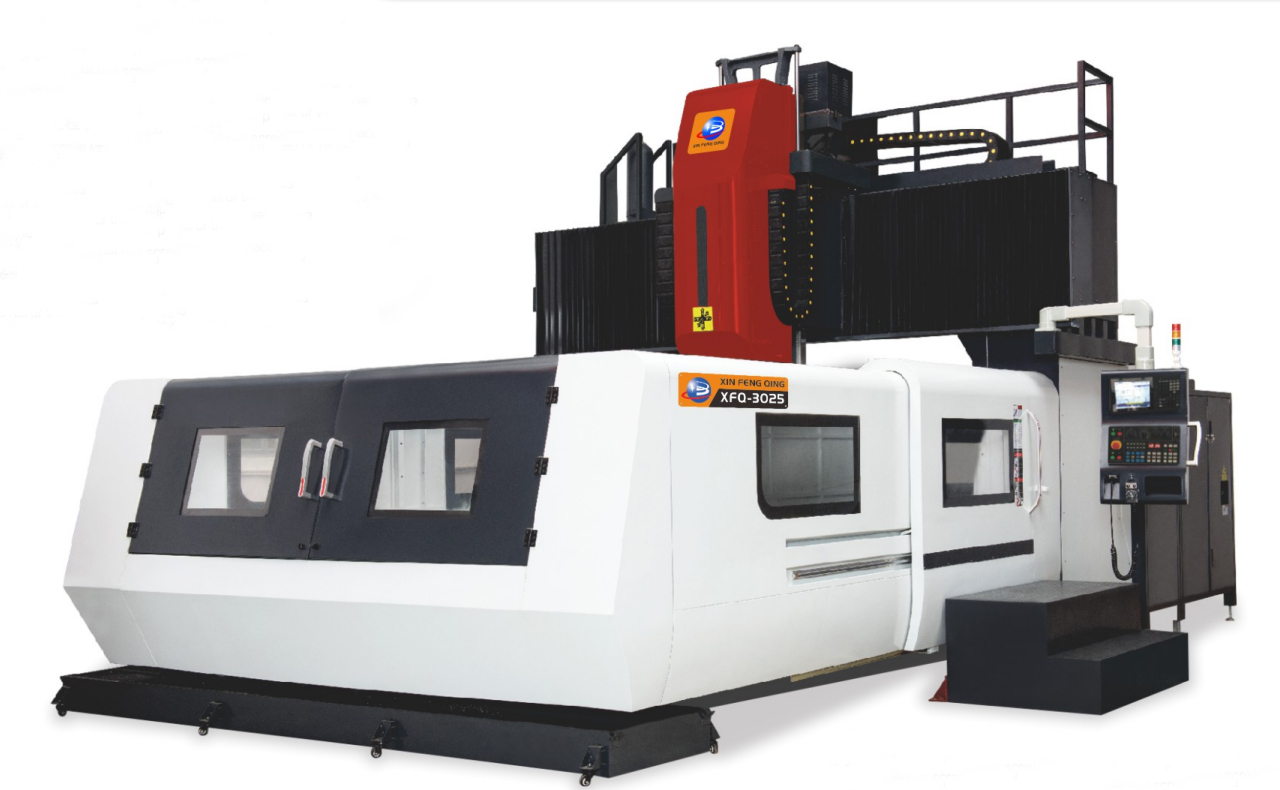In the realm of construction and architecture, the terms "exterior cladding" and "siding" are often used interchangeably, leading to confusion among professionals and homeowners alike. However, it is crucial to understand the fundamental differences between these two concepts to make informed decisions when it comes to building or renovating a property. This article aims to shed light on the disparities between exterior cladding and siding, providing a comprehensive understanding of their unique characteristics, applications, and benefits.
- Defining Exterior Cladding and Siding:
Exterior cladding refers to the protective layer or covering applied to the exterior walls of a building. It serves as a shield against external elements, enhances insulation, and contributes to the overall aesthetics. On the other hand, siding primarily refers to the material used for cladding, which can be installed horizontally or vertically to cover the exterior walls. - Material Composition:
One of the key distinctions between exterior cladding and siding lies in the materials used. Exterior cladding encompasses a broader range of materials, including but not limited to brick, stone, stucco, metal panels, fiber cement, and wood. Siding, on the other hand, typically refers to materials such as vinyl, aluminum, wood, or fiber cement planks specifically designed for wall cladding purposes. - Functionality and Durability:
While both exterior cladding and siding provide protection against the elements, their functionality and durability differ significantly. Exterior cladding, being a comprehensive system, offers superior insulation, weather resistance, and structural support. It is designed to withstand harsh weather conditions, prevent moisture infiltration, and enhance energy efficiency. Siding, although it also provides some level of protection, is primarily focused on enhancing the aesthetic appeal of the building and may require additional insulation measures. - Design Flexibility and Aesthetics:
Exterior cladding offers a wide array of design options, allowing architects and homeowners to achieve their desired aesthetic vision. The use of various materials, textures, colors, and patterns enables the creation of unique and visually appealing facades. Siding, while limited in material choices, still provides a range of design options within its specific material category. For instance, wood siding offers a natural and warm appearance, while vinyl siding offers versatility and low maintenance. - Maintenance and Longevity:
The maintenance requirements and lifespan of exterior cladding and siding also differ. Exterior cladding systems, such as brick or stone, often require minimal maintenance and can last for decades with proper care. On the other hand, siding materials like wood may require periodic painting or staining to maintain their appearance and protect against rot or insect damage. Vinyl siding, known for its low maintenance properties, can last up to 40 years or more.
Conclusion:
In summary, understanding the disparity between exterior cladding and siding is essential for making informed decisions in construction and renovation projects. Exterior cladding encompasses a broader range of materials and functions as a comprehensive system, providing superior protection, insulation, and aesthetics. Siding, on the other hand, focuses primarily on enhancing the visual appeal of the building while offering some level of protection. By considering factors such as material composition, functionality, design flexibility, and maintenance requirements, individuals can choose the most suitable option for their specific needs and preferences.





+ There are no comments
Add yours